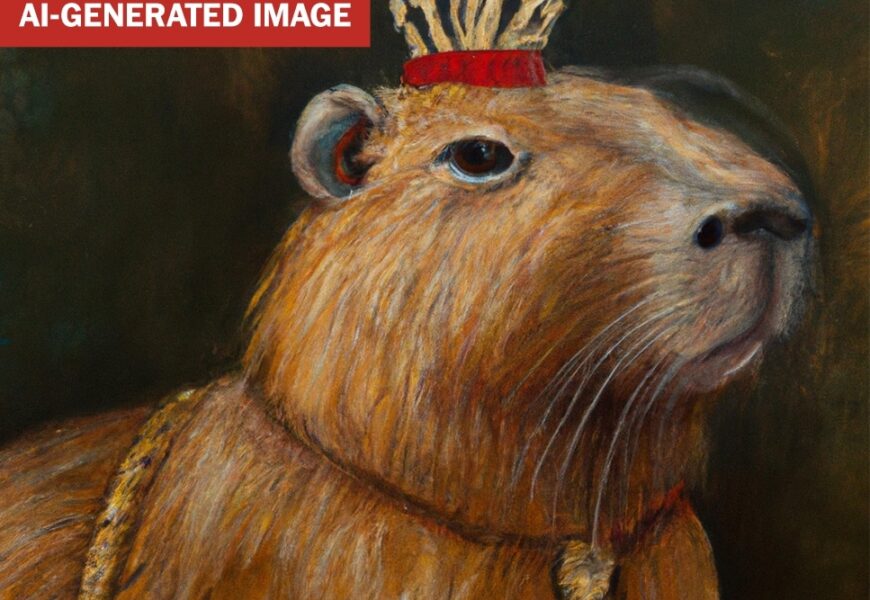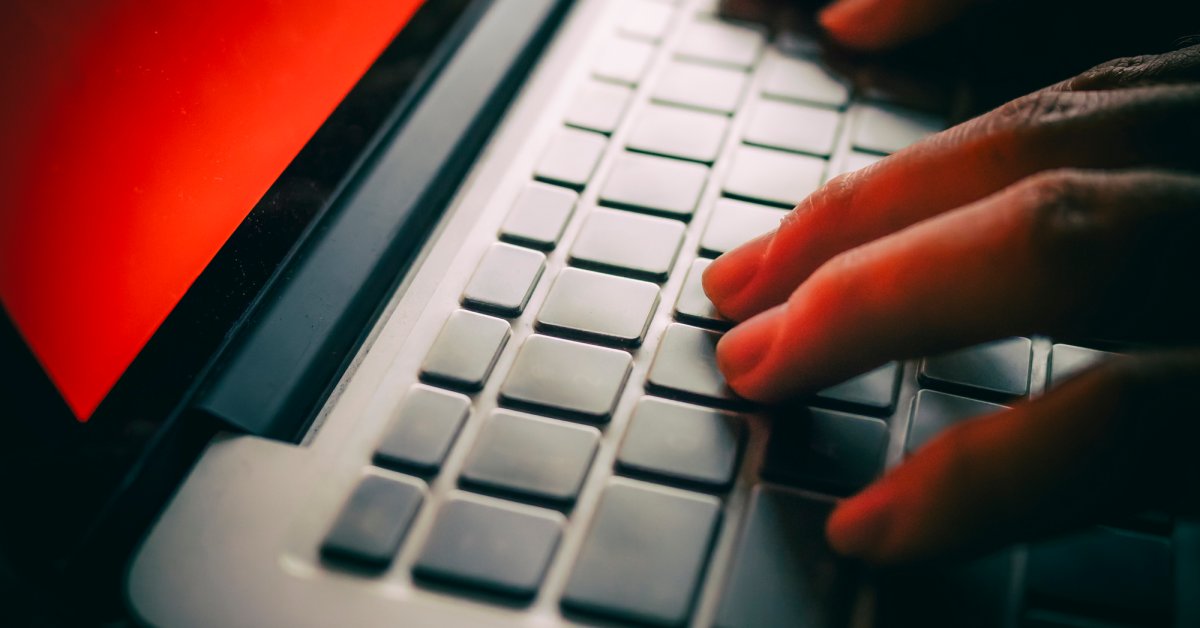AI-generated visuals have become ubiquitous, serving various purposes such as creating nonconsensual explicit content, spreading misinformation during elections, and endorsing products through celebrity simulations.
Recently, when Princess Catherine shared a video revealing her battle with cancer, rumors surfaced alleging the involvement of artificial intelligence in manipulating the footage. Despite denials from both BBC Studios, the video producer, and Kensington Palace, speculations persisted.
The sophistication of fake imagery continues to escalate, with some deepfakes nearly indistinguishable from authentic visuals. For instance, a finance manager fell victim to a $25.6 million scam orchestrated by fraudsters who utilized AI to impersonate the manager’s superiors in a video call. The proliferation of free, easily accessible tools for generating such deceptive content exacerbates the situation.
To combat this trend, a coalition of researchers, academics, and entrepreneurs is actively developing strategies to detect and categorize AI-generated content. By collaborating with news outlets, tech giants, and camera manufacturers, they aim to safeguard the public’s discernment between reality and falsity.
One key approach involves watermarking AI-generated images, a technique long employed by industries like music and film to prevent piracy. While visible watermarks are common, embedding invisible markers within images is gaining traction to enable platforms to identify and label such content effectively.
Simultaneously, efforts are underway to embed metadata directly into images at the point of capture, ensuring a verifiable record of authenticity. Collaboration between camera manufacturers and media organizations aims to establish protocols for verifying images before dissemination.
Detection software, such as those developed by Reality Defender and Deep Media, leverage AI algorithms trained on vast datasets to differentiate between real and fake images. These tools analyze specific features within images to flag potential deepfakes, providing insights into the elements that betray their authenticity.
Despite these advancements, the evolving landscape of AI image manipulation poses a formidable challenge. Continuous innovation in AI technology may render existing detection methods obsolete, necessitating ongoing vigilance and skepticism from users when consuming online visuals.
As the digital realm grapples with the proliferation of AI-generated content, fostering critical thinking and media literacy remains paramount. Particularly with pivotal elections on the horizon, individuals are advised to approach online visuals with caution, questioning their authenticity and remaining vigilant against potential misinformation campaigns.










